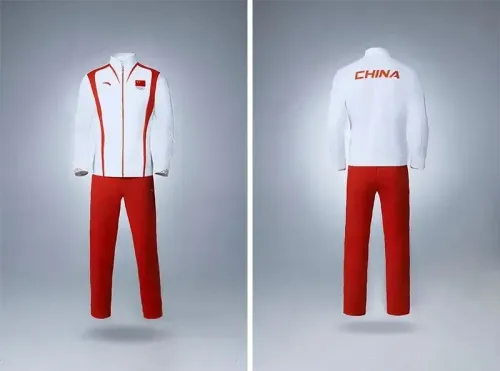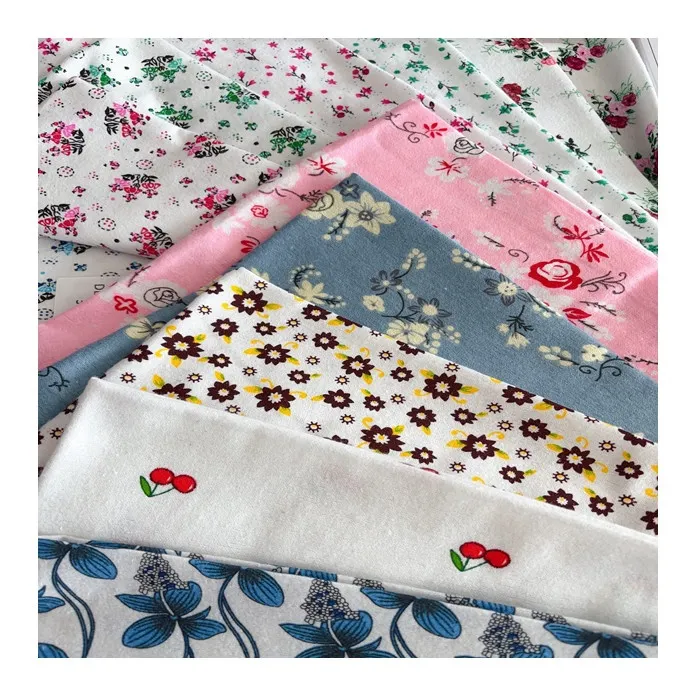
- Afrikaans
- Albanian
- Amharic
- Arabic
- Armenian
- Azerbaijani
- Basque
- Belarusian
- Bengali
- Bosnian
- Bulgarian
- Catalan
- Cebuano
- Corsican
- Croatian
- Czech
- Danish
- Dutch
- English
- Esperanto
- Estonian
- Finnish
- French
- Frisian
- Galician
- Georgian
- German
- Greek
- Gujarati
- haitian_creole
- hausa
- hawaiian
- Hebrew
- Hindi
- Miao
- Hungarian
- Icelandic
- igbo
- Indonesian
- irish
- Italian
- Japanese
- Javanese
- Kannada
- kazakh
- Khmer
- Rwandese
- Korean
- Kurdish
- Kyrgyz
- Lao
- Latin
- Latvian
- Lithuanian
- Luxembourgish
- Macedonian
- Malgashi
- Malay
- Malayalam
- Maltese
- Maori
- Marathi
- Mongolian
- Myanmar
- Nepali
- Norwegian
- Norwegian
- Occitan
- Pashto
- Persian
- Polish
- Portuguese
- Punjabi
- Romanian
- Russian
- Samoan
- scottish-gaelic
- Serbian
- Sesotho
- Shona
- Sindhi
- Sinhala
- Slovak
- Slovenian
- Somali
- Spanish
- Sundanese
- Swahili
- Swedish
- Tagalog
- Tajik
- Tamil
- Tatar
- Telugu
- Thai
- Turkish
- Turkmen
- Ukrainian
- Urdu
- Uighur
- Uzbek
- Vietnamese
- Welsh
- Bantu
- Yiddish
- Yoruba
- Zulu
មករា . 15, 2025 03:44
Back to list
cotton flannel fabric
Deadstock fabric represents a sustainable and innovative choice in the textile industry, often sought after by eco-conscious designers and small fashion brands. These materials are essentially surplus fabrics from fashion houses or textile mills—leftover from past collections, canceled orders, or overproduction. As the fashion industry increasingly shifts focus towards sustainability, deadstock fabrics are becoming more popular due to their environmental benefits.
Fostering a relationship of trust with consumers is essential. Using deadstock fabric, brands can transparently communicate their commitment to sustainability, further enhancing reputability. Storytelling is crucial here; sharing the journey of these fabrics from forgotten excess to stylish fashion statements can create a powerful narrative that resonates with eco-conscious buyers and influences purchasing decisions. Professionally, integrating deadstock fabric into production aligns with industry best practices focused on reducing overconsumption and ensuring responsible manufacturing. Many fashion experts view the adoption of such practices as crucial for the industry’s future, reinforcing the idea that sustainability and profitability can coexist harmoniously. Trustworthiness extends to operational transparency. Brands should disclose the origins of their deadstock supplies and certify their claims with industry-standard practices. This openness not only reinforces credibility but also builds long-term consumer loyalty. In conclusion, deadstock fabric offers a multifaceted advantage for fashion brands it enhances their environmental sustainability, serves as a cost-effective resource, inspires creativity, and reinforces trust with consumers. As the industry continues to evolve towards eco-friendliness, embracing deadstock fabric can place brands at the forefront of this essential paradigm shift, ensuring they remain relevant and respected in a changing market.


Fostering a relationship of trust with consumers is essential. Using deadstock fabric, brands can transparently communicate their commitment to sustainability, further enhancing reputability. Storytelling is crucial here; sharing the journey of these fabrics from forgotten excess to stylish fashion statements can create a powerful narrative that resonates with eco-conscious buyers and influences purchasing decisions. Professionally, integrating deadstock fabric into production aligns with industry best practices focused on reducing overconsumption and ensuring responsible manufacturing. Many fashion experts view the adoption of such practices as crucial for the industry’s future, reinforcing the idea that sustainability and profitability can coexist harmoniously. Trustworthiness extends to operational transparency. Brands should disclose the origins of their deadstock supplies and certify their claims with industry-standard practices. This openness not only reinforces credibility but also builds long-term consumer loyalty. In conclusion, deadstock fabric offers a multifaceted advantage for fashion brands it enhances their environmental sustainability, serves as a cost-effective resource, inspires creativity, and reinforces trust with consumers. As the industry continues to evolve towards eco-friendliness, embracing deadstock fabric can place brands at the forefront of this essential paradigm shift, ensuring they remain relevant and respected in a changing market.
Latest news
-
The Versatility and Elegance of White Cotton Poplin FabricNewsJun.23,2025
-
The Luxurious Comfort of Carded CottonNewsJun.23,2025
-
Explore the Luxurious Comfort of Cotton Flannel ClothNewsJun.23,2025
-
Discover the Versatility of Cotton Poplin ClothNewsJun.23,2025
-
Bleach Cotton FabricNewsJun.23,2025
-
100 Cotton BlendNewsJun.23,2025
-
Versatile Elegance with Poplin Fabric for SaleNewsMay.15,2025
